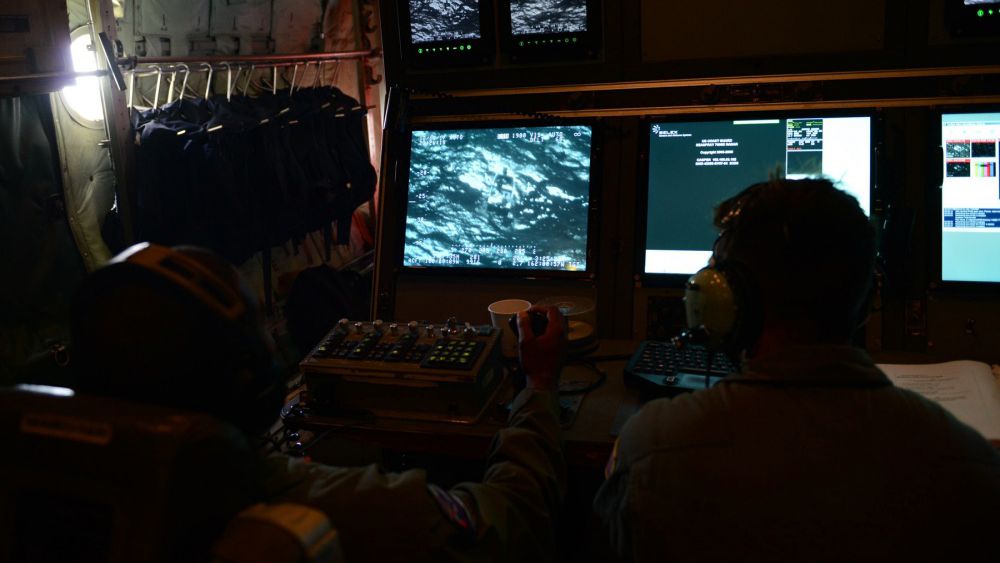USCG Aircrew Finds Missing Boat 1,300 Miles from Base

On Wednesday, two fishermen from Kiribati were rescued by civilian mariners following a U.S. Coast Guard-led search effort in the South Pacific.
Lebeta Tiem, 27, and Erikite Teanaki, 28, were rescued by the crew of the bulker Cape Odyssey at 1615 hours Wednesday afternoon. They rendezvoused with the Kiribati-flagged vessel Arotobwa on Wednesday night and will be transferred to Christmas Island. The fishermen were located by a Hawaii-based HC-130 Hercules Coast Guard airplane crew during a search Tuesday.
“This case illustrates the importance of the search and rescue network in the Pacific Ocean and the skills of our personnel who developed successful search plans with very little input,” said Capt. Robert Hendrickson, chief of response for Coast Guard 14th District in Honolulu. “This is the epitome of a remote area with vast distances for response assets to cover.”
The two fishermen reportedly departed Washington Island (Teraina) in Kiribati's Northern Line Islands in a 14-foot aluminum boat. They intended to fish west of the island, but they failed to return, prompting the search. The Coast Guard received a request for assistance from the Search and Rescue Office on Tarawa on Monday.
With limited information, the team at the Coast Guard Joint Rescue Coordination Center in Honolulu developed search plans based on environmental data and drift modeling for multiple days at sea. They launched the Hercules aircrew to conduct an aerial search and issued a SafetyNet broadcast to alert mariners in the area to keep a sharp lookout.
On Tuesday afternoon the Hercules crew spotted the boat approximately 110 nautical miles southwest of Washington Island, some 1,300 miles south of the plane’s home base in Oahu. The Hercules crew dropped a data marker buoy approximately 100 yards from the vessel along with a search and rescue package containing food, water, a VHF radio, and a search and rescue transponder.
With the VHF radio, despite a language barrier, the Hercules crew was able to establish communication with the fishermen and alert them a vessel was en route to their area. The aircrew retuned to Hawaii to refuel and change crews before departing to re-aquire the vessel and vector in the crew of the Cape Odyssey.
The Cape Odyssey is a 200,000 dwt Panamanian-flagged bulker, and she participates in the Automated Mutual-Assistance Vessel Rescue System (AMVER), which leverages the ability of merchant ships to participate in search and rescue operations. Today over 22,000 ships from hundreds of nations participate. The Coast Guard says that the program is especially vital for saving lives in the vast Pacific Ocean, where great distances may make it difficult for government SAR assets to reach seafarers in distress.
